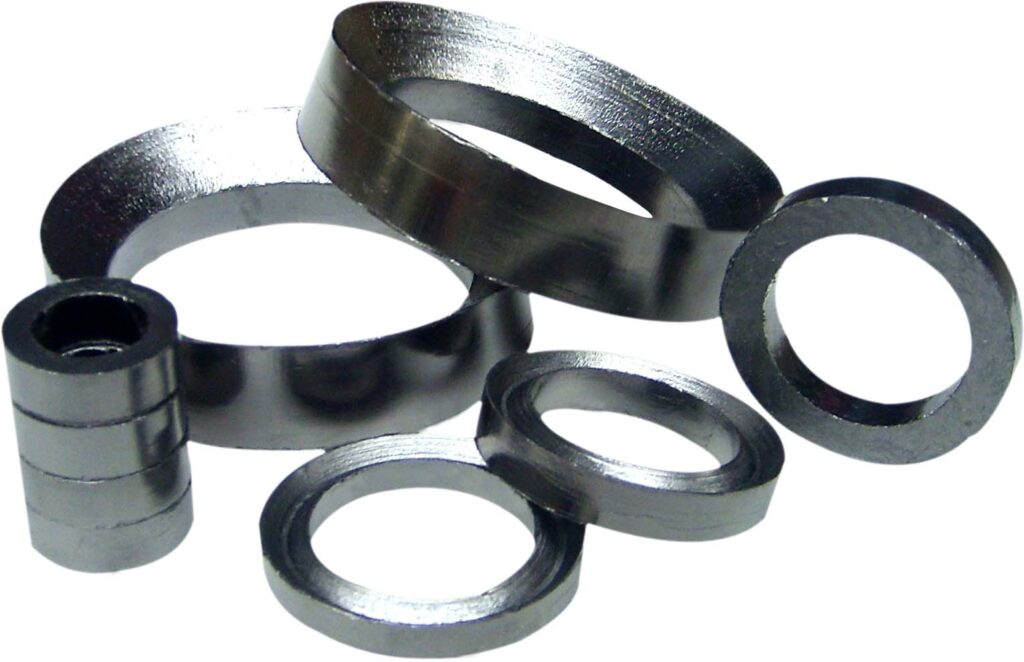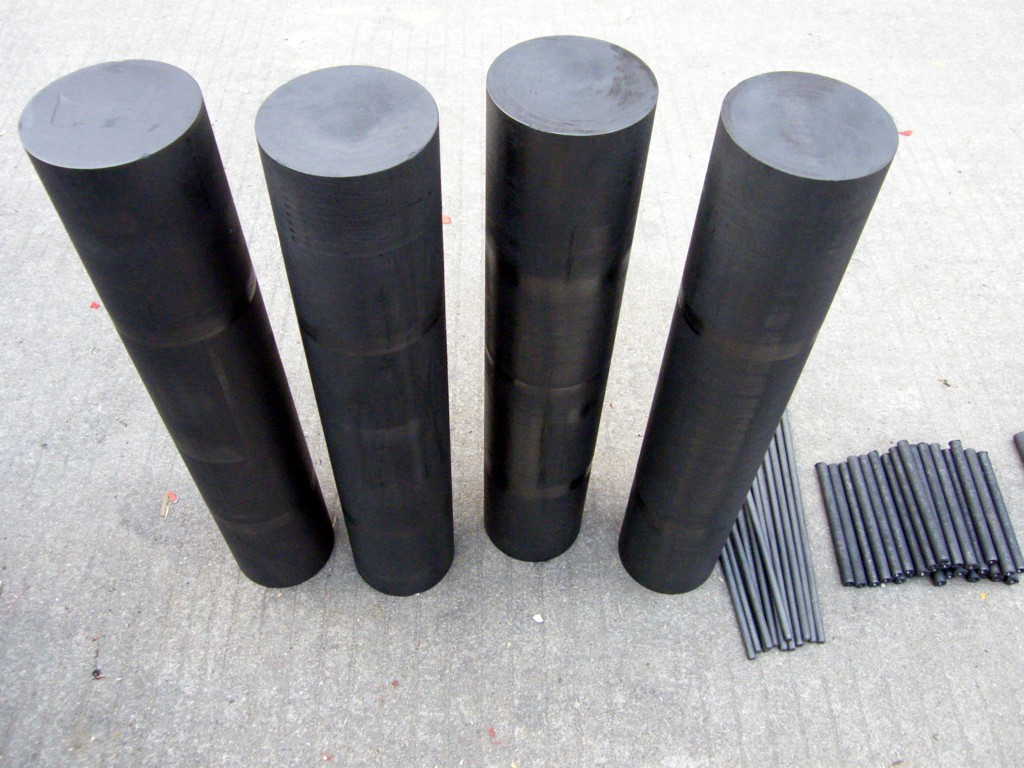Carbon graphite products stand at the intersection of innovation and industrial advancement, offering unparalleled performance in extreme environments. These materials, born from the unique properties of carbon’s allotropes, have revolutionized sectors ranging from aerospace to energy storage. To understand their impact, it’s essential to first explore their composition and the traits that make them indispensable.
Carbon graphite products are engineered by combining carbon and graphite, two distinct allotropes of carbon with contrasting structures. Graphite’s layered hexagonal lattice grants exceptional electrical conductivity and self-lubrication, while carbon’s dense structure enhances strength and wear resistance. Through precision processes like isostatic pressing, extrusion, and high-temperature baking, these materials are transformed into high-performance components capable of withstanding temperatures up to 3,000°C and remaining stable in corrosive environments. Their key properties further drive industrial demand: they exhibit superior thermal and electrical conductivity, making them ideal for high-temperature furnace components and battery electrodes, while their self-lubricating nature reduces friction in mechanical seals and bearings, extending equipment lifespan. Additionally, their resistance to acids, alkalis, and molten metals renders them vital in chemical processing, and manufacturers can enhance their corrosion resistance and mechanical strength through tailored impregnation with resins or metals.
From aerospace to energy sectors, carbon graphite products play pivotal roles across critical industries. In aerospace and defense, they are indispensable in jet engines, withstanding extreme temperatures and high-altitude conditions—for example, St. Marys Carbon developed a custom-grade seal to combat oxidation in aircraft engines, ensuring reliability in harsh environments. In energy and sustainability, they power progress: graphite anodes in lithium-ion batteries drive electric vehicles (EVs), with advancements like Focus Graphite’s silicon-enhanced spheroidized graphite boosting energy capacity, while components in fuel cells and nuclear reactors support the shift to clean energy. The semiconductor and electronics industry relies on high-purity graphite for CVD reactors in wafer production, and carbon-graphite brushes ensure efficient current transfer in electric motors. Even in heavy industry, from steelmaking electrodes to mining equipment, these products excel in heavy-duty applications requiring durability and heat resistance.
Modern manufacturing of carbon graphite products increasingly emphasizes eco-friendly practices, with innovation aligning with sustainability goals. Companies like CarbonScape are pioneering bio-based graphite derived from forestry waste, reducing reliance on mined resources, while research from NETL converts coal and plastic waste into high-quality graphite, advancing circular economy principles. Looking ahead to 2025 and beyond, several trends are shaping the industry: supply chain diversification, driven by geopolitical shifts, is fueling demand for non-Chinese graphite sources, with North America and Europe investing in domestic production; the growth of the EV market, projected to account for 30% of global vehicle sales by 2025, is intensifying demand for battery-grade graphite; and regulatory compliance, including the EU’s Critical Raw Materials Act and U.S. tariffs on Chinese graphite, is pushing industries toward sustainable and ethical sourcing.
When selecting a carbon-graphite supplier, expertise in custom solutions is key—for instance, Coi Dan offers precision-machined graphite parts for defense and aerospace, showcasing the material’s adaptability. Ideal partners integrate advanced manufacturing techniques like 3D printing and adhere to ESG standards, ensuring both performance and responsibility.
In conclusion, carbon graphite products are more than just materials—they are enablers of progress. As industries evolve toward sustainability and higher performance, these engineered solutions will continue to bridge innovation and practicality, making them a cornerstone of modern industrial advancement.


